Thank you for your interest!
I am a community college student at College of DuPage in Glen Ellyn, Illinois with plans to pursue a degree in planetary science. During my time at College of DuPage I have been active in the Astronomy Club, where we seek to promote public interest in astronomy, astrophysics, and aerospace to both community college students and the general public through outreach events. I have also been involved in NASA's Community College Aerospace Scholars (NCAS) program and geologic field studies in the Saint Francois Mountain range in Missouri.
A love of and deep regard for space science had been a part of my life from an early age, with a father who took our family to the desert to watch meteor showers as far back as I can remember, and with a mother who once dreamed of being an astronaut. However, while my friends left for college following graduation from high school, I followed my brother's footsteps and joined the United States Navy. While military service afforded me invaluable experience and independence, my interest in science never abated, and my post-service academic path led me to discover my deep interest in planetary science and research.
This summer I worked with Dr. Daniel Horton and Howard Chen on the modeling of Earth-like planets around M-type dwarf stars in order to understand the effects of the M-dwarf stellar spectrum on the upper atmospheres of these exoplanets. While I had previously been exposed to the very basics of atmospheric science, most of my experience lay in geology and geophysics, so I was excited to have an opportunity to work in this field and gain experience in a new aspect of planetary science research.
Before moving on I would like to thank the National Science Foundation for funding this research experience, to thank Aaron, Cliff, and Newlin for building and guiding us through such a valuable program, to thank Dan and Howard for their mentorship, and to thank my fellow CIERA REU cohorts for their support and camaraderie.
Please feel free to contact me at fry[dot]rachel[at]gmail[dot]com or visit my LinkedIn






